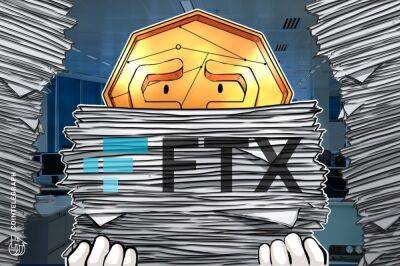Rating agencies, not regulators, can rebuild trust in crypto after FTX
The last year has been an eventful one for the crypto space. The collapse of the Terra ecosystem and its TerraUSD (UST) algorithmic stablecoin saw $50 billion wiped off the market in a flash. And more recently, FTX, an exchange many thought was “too big to fail,” came crashing down. There’s been no shortage of drama in the space, which has seen name-stay businesses and projects disappear along with investors’ funds.
Given the events of this year, it’s inevitable that serious government attention is coming for the space, in every major jurisdiction — and on the time scale of a few months to at most a few years, not decades. This was fairly clear to most industry observers even before the recent FTX debacle, and now it has become glaringly obvious.
There is much debate in the space about whether this is positive. The purpose of financial regulation is to protect end-users from being fleeced and misled by financial operators of various sorts and to promote the overall health of the economy. And it’s clear current financial regulations are highly variable in their effectiveness in these regards. Additionally, it is unclear what sort of regulations could be put in place that would be truly beneficial for the industry and its customers.
Perhaps instead of regulation, we should be focusing our efforts in other places to ensure crypto gets its house in order. Outlined below are three key benefits of crypto rating agencies — community-driven bodies that assess projects — and how they could solve the issues with crypto.
The crypto space is ever-changing and fast-paced. Between November 2021 and November 2022, almost 2,000 new cryptocurrencies were created — a nearly 25% increase in the total number of currencies. New tokens and
Read more on cointelegraph.com























